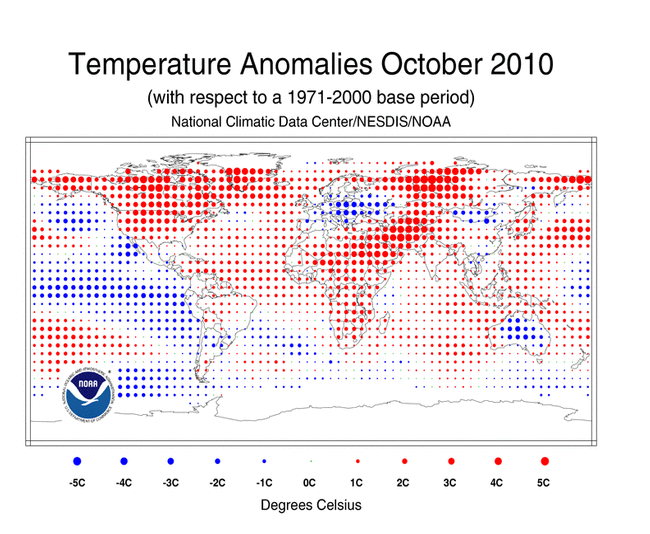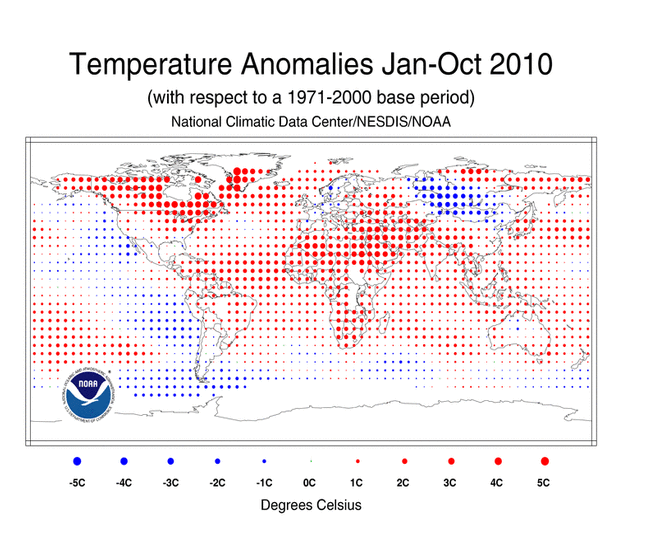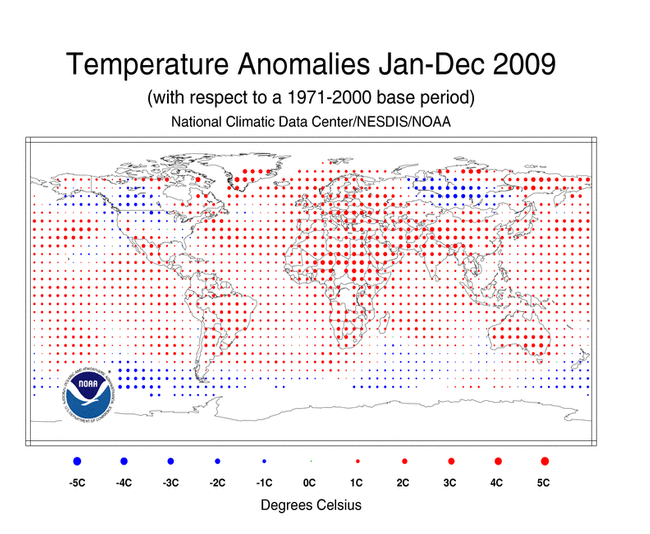Global cooling began in the Australian winter with the coldest and wettest winter for more than a decade, with spring being even colder and wetter compared to recent years. Now as I predicted in an earlier thread I it is spreading around the world with England experiencing the full effects of a cold wintry blast even before the real start of winter.
Of course this is the effects of the strongest La Nina for many years, but it bets the question, was the reason for global warming the presence of many El Ninos and lack of La Ninas in recent decades, because they do have a very real impact on the global climate. If La Ninas dominate over El Ninos for a decade or two as has happened in the past (these things are cyclical) will it reverse recent global warming for a decade or two at least.
Of course this is the effects of the strongest La Nina for many years, but it bets the question, was the reason for global warming the presence of many El Ninos and lack of La Ninas in recent decades, because they do have a very real impact on the global climate. If La Ninas dominate over El Ninos for a decade or two as has happened in the past (these things are cyclical) will it reverse recent global warming for a decade or two at least.






Comment